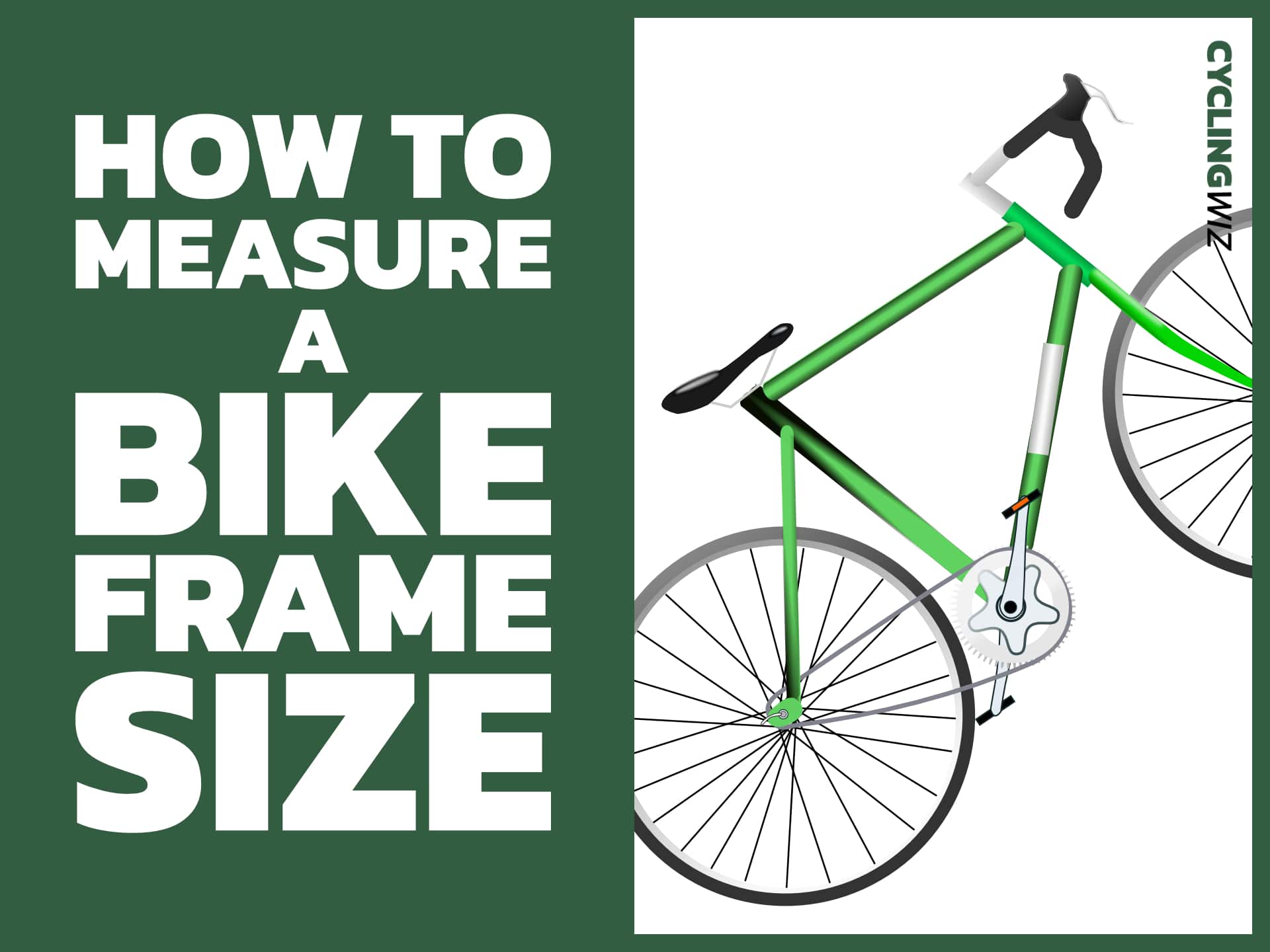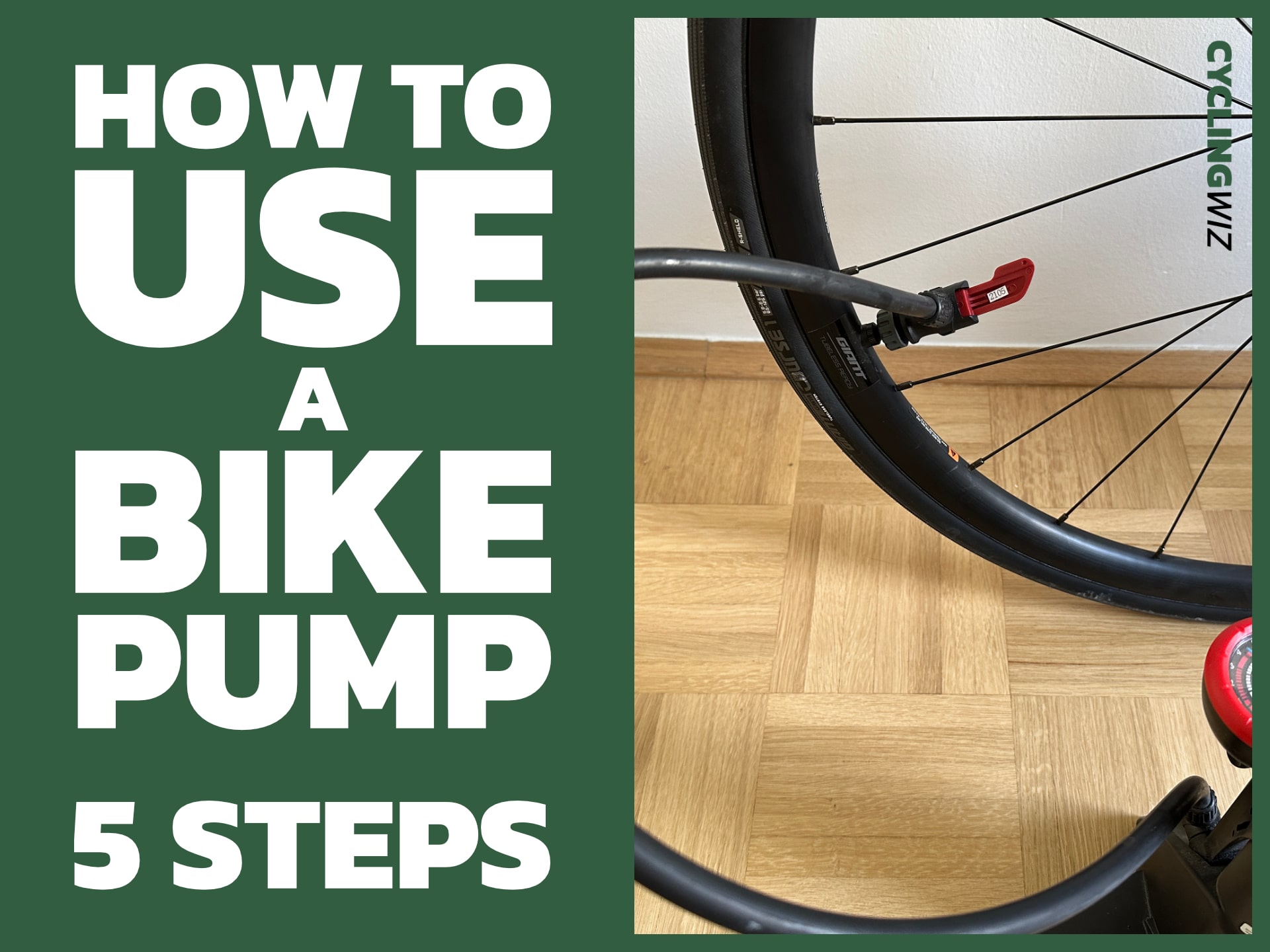
tl;dr
To measure a bike frame size, you would typically measure the seat tube length (from the bottom bracket center to the top tube). This doesn't always work, especially with bikes that have an angled top tube. In that case, you'd have to measure the effective seat tube length, which essentially negates the negative top tube angle.
How to Measure Bike Frame Size - The Ultimate Guide
If you’re wondering how to measure a bike frame size, there’s usually just one measure you should consider - seat tube length. It is essentially a length between the center of the bottom bracket (where your cranks are attached) to the point where the seat tube meets the top tube (images below).
In reality, things aren’t always that simple. More and more bikes come with an angled top tube, so measuring bike frame size as described previously won’t work. Instead, you’ll have to measure something known as the effective seat tube length. This measure annuls the difference in seat tube length caused by the angle of your bike’s top tube. In plain English, it imagines the top was straight, and on the same height as the head tube.
This article will walk you through measuring bike frame size step by step through detailed descriptions and images. After reading, you’ll know exactly how to measure a bike frame size on any bike. Let’s dig in!
Table of contents
Measure a Bike Frame Size Through Seat Tube Length
Start the measuring process by positioning your bike on a level surface, as shown below:

Credit: Author
From here, you’ll want to measure the seat tube length, which is represented by the green line on the image:

Credit: Author
Simply take a measuring tape and measure the seat tube length. It’s a good idea to measure road/gravel bike frames in centimeters, so if you’re working in inches, simply multiply the result by 2.54:

Credit: Author
Our measuring tape states 53 cm (21"), which definitely isn’t right for an XL-sized bike. Giant labels their bike sizes from XS to XL, instead of the more traditional centimeter size approach.
Nevertheless, measuring a bike frame size this way is wrong. The reason? The bike has a sloped top tube, which means that measuring the frame size without considering that will give inaccurate results.
Let’s explore how to take the top tube angle into consideration next.
Effective Seat Tube Length - Do This If Your Bike Has an Angled Top Tube
That’s where the effective seat tube length measure comes into play. To calculate it, first draw a straight line from the top of the head tube to the seat tube. The point where they intersect will mark the location from which you should start taking a measure to the bottom bracket:

Credit: Author
Note that capturing every aspect of this on an image is nearly impossible, but we did our best. The effective seat tube length is 60 cm or 23.6", as you can see from the following image:

Credit: Author
These results make much more sense considering we’re dealing with an XL-sized bike. For Giant, that means 60 cm, which is spot on with our measure.
Measure a Bike Frame Size Through Top Tube Length
One of these alternative measures is the top tube length. Essentially, it measures the entire length of your bike’s top tube, starting at the head tube and ending at the seat tube. Here’s an example of how can you take this measure:

Credit: Author
It also measures 60 cm, just like the effective seat tube length!
So, what is the correct way to measure a bike frame size? Let’s find out next.
What's the Correct Way to Measure Bike Frame Size? Bike Sizes Explained
It’s impossible to tell without contacting the manufacturer directly.
We’ve measured a 2022 Giant Revolt Advanced 1 XL in this article, and it looks like the effective seat tube length and the top tube length measures both confirm the bike frame size. That might not be the case for you.
The best practice is to refer to the official geometry charts to see exactly what makes an XL bike an XL bike. Here are the stats for our Giant:

Credit: Giant
You can see how the seat tube length matches the first measure taken today, but there’s no info on effective seat tube length. Likewise, the top tube length also matches what we’ve measured.
How to Measure Bike Frame Size - Summary
Long story short, measuring a bike frame size is getting harder by the day. More and more bike manufacturers do crazy things with bike geometries, and most new bikes come with an angled top tube. These factors make measuring frame sizes more challenging than only a decade ago.
What can you do? The best option is to go over the bike geometry values. Also, visit a local bike shop if you have the chance and try the same bike in a size smaller and larger than the one you’d typically ride. Frame size is just one measure, and maybe you’ll find a slightly smaller/bigger bike more comfortable.
We hope you’ve enjoyed this article and learned that measuring a bike frame size isn’t as simple as it seems.






